It’s time for a guest blog, written by one of RopeMarks’ rope models, the Shady Lady. All thoughts presented in this post are her own, but RopeMarks supports them.
“Do I dare to be dominant and leading in bed – dominant as in: not just being on top, but daring to speak about what I want to happen in a certain moment, no matter how contradictory those desires might be?” – Daan Borrel, On Why I Love Simone de Beauvoir, p. 21
Change the words ‘in bed’ for ‘in rope’ in this quote, and you hit the essence of what it means to be an active rope bunny in my books. Active bunnying, as taught by some rope bottoming workshops, is understood as acquiring techniques that enhance your rope bottom experience. These can be techniques for better breathing, for better pain management, better movement in rope, for expressing yourself better, etcetera, etcetera. Most often there seems to be the idea that being an active rope bunny makes you a better (or at least good) rope bunny, compared to being ‘just’ a rope bunny.
Self-domination
My personal view on active bunnying (and on being a good rope bunny) is slightly different. Being a good rope bunny doesn’t have much to do with being athletic or skinny, being the most hardcore masochist, having the longest hair, mastering the most up-to-date pain-management techniques, knowing the most medical terms for nerve damage, or being okay with showing your face on the internet. Active bunnying, in my book, has everything to do with being and becoming yourself in rope: being responsible for and owning your desires, and expressing them in a way that feels right to you and you alone (within the limits of the rigger, of course). Being dominant, not in the common BDSM sense of the word (i.e. being the rigger), but being dominant over your own desires and yourself. No matter how dark, fucked-up, kinky, pretty regular and vanilla, contradictory or submissive your desires might be. Nothing more, and nothing less.
Responsible vs. active bunnying
Responsible bunnying is different from active bunnying, where responsible bunnying can be considered as having basic knowledge that (aspiring) rope bunnies should have to be as safe as possible. Having awareness of the physical risks involved with being in rope (such as nerve damage) and how to mitigate them best, the difference between good and bad pain, how and when you should speak up to your rigger in case things are not right are all examples of this. In the ideal world, a rigger checks whether the bunny possesses this knowledge and shares it with them if they do not. In the real world, this is sadly not always the case. Bunnies should therefore also educate themselves about what they should know or can do to bunny as responsibly as possible (I will write another post on this in the future).
Rope bunnying as a constant process of self-improvement
I however personally cannot shake the hunch that too much emphasis on active bunnying techniques can be problematic and lead to less happy bunnies, and less pleasurable rope experiences. The first reason being that too much focus on active bunnying techniques has the risk of turning bunnying into a technical performance, with all kinds of skills and levels you can (which often implies should) learn to ‘enhance your endurance’ or ‘improve your communication with your rigger’. The risk means that instead of enjoying yourself, your partner and the moment in rope, you are as a bunny all of the sudden focusing on breathing techniques, on flexing your abdominal muscles in the right way, or on constantly giving feedback to the rigger. The moment just flew by without you even truly noticing it, because you were too busy in your head with being an ‘active’ rope bunny (which has happened to me in the past).
This approach might just be another manifestation of the neoliberal capitalist discourse that infiltrates even the most personal and private areas of our lives, which nudges us to see inherently beautiful, personal and meaningful practices (such as rope bondage) as means to achieve quantifiable or instrumental goals. It can turn the beautiful experience of being in rope into a mechanical routine, where bunnies tick the boxes on their imaginary checklist, to see whether they have sufficiently progressed in their bunnying skills. This is of course a bit of an exaggerated example, but still, I think the risk of turning everything we can do for fun into a never-ending race for self-improvement and a competition with ourselves (and perhaps with others) is realistic and not necessarily desirable.
An example to clarify what I mean would be pain management techniques. Being a yoga teacher means that I know some breathing techniques that are helpful in managing stress on the body, but I actively (being the ‘active’ bunny that I am, haha) decide to not make use of them in rope. There are only three pain management ‘techniques’ that I like to make use of: 1) telling my rigger that I am in too much bad pain, and that he has to make a change to the tie or untie me or 2) telling myself that I am enduring it for our dynamic or 3) being my own cheerleader in telling myself that I am stronger than I think I am, which usually works like a charm. I just don’t like the idea of incorporating these experience-management techniques into my kink life. I don’t want to ‘manage’ my experience in rope, I want to experience feeling alive, playful, beautiful and in touch with my partner, by letting go because I have trust in myself, in him and in us.
Active vs. passive rope bunnies
A second risk of this understanding of active bunnying as managing your experience in rope with techniques, is that people, who for whatever reason do not like this approach are automatically seen as the opposite of active bunnies: the passive bunnies, the bag-of-potatoes bunnies, or the losers. The image of sad and expressionless bunnies without any agency comes to my mind, which is quite hilarious but obviously not true. The bunnies who do not know the nerve system by heart (but do recognise the warning signs in their bodies) and who are not interested in acquiring the newest and (obviously) easily marketable techniques to become a better bunny: I feel you, and I am honestly one of you. For me, as stated before, I don’t want to manage my erotic life. I want to enjoy it.
The only thing that you should do to be an active rope bunny, in my humble opinion, is to stay as close to yourself as possible. Figure out what it is you want to get out of being a bunny by talking to other bunnies and riggers you admire, by watching performances, and by doing your research. At the same time, stay critical of what you see happening around you. Is that really what you want for yourself? Or is it that you just think that’s the way things should be, because it is what the majority of people in the rope scene are doing, or because you lack the information, feeling or experience to know what it is that you want (yet)?
Just to be clear, I do not have a problem with the concept of active bunnying or with active bunnying techniques. I simply wanted to express that there can also be downsides to this perspective, and that these techniques are not (and do not have to be) every bunny’s cup of tea. My worries include that 1) bunnies might feel pressure to make use of active bunnying techniques, because they believe out of their own insecurity or humbleness that they cannot be good bunnies (or are not good enough) without using them and 2) that the focus of active bunnying does not have to be on acquiring techniques, but on becoming yourself in rope, whatever that might look like to you.
For some bunnies, becoming yourself in rope can be practicing all the active bunnying techniques that are out there. Pain management, flow-state management (I cannot get over the irony of this oxymoron), breathing techniques, muscle control and movements: go for it! But for some, it might not. Stay close to yourself and your heart in rope, and be brave enough to listen to what it tells you.
That’s true dominance over yourself, which will make you the best and most active rope bunny you could ever be.

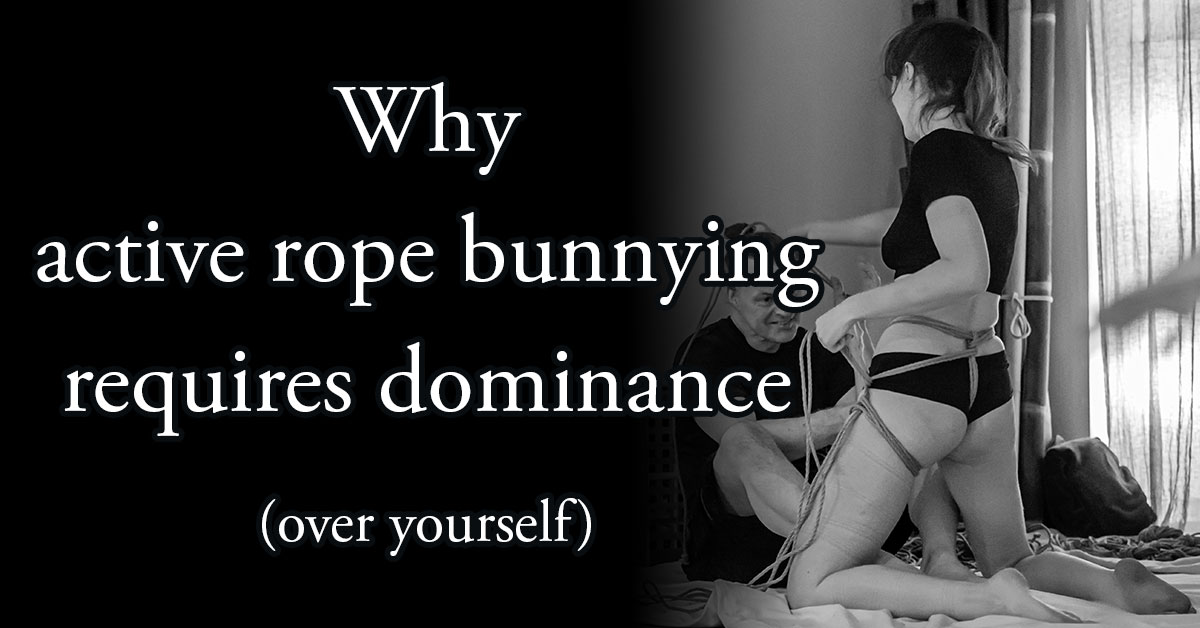
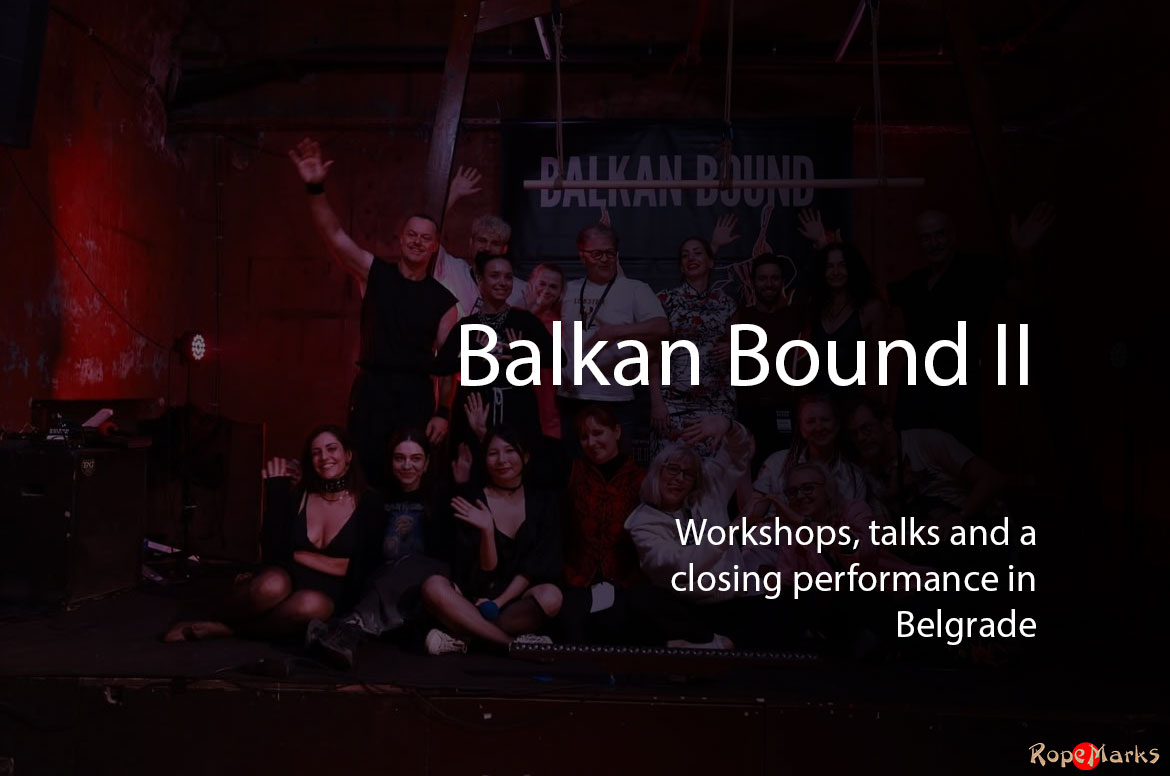
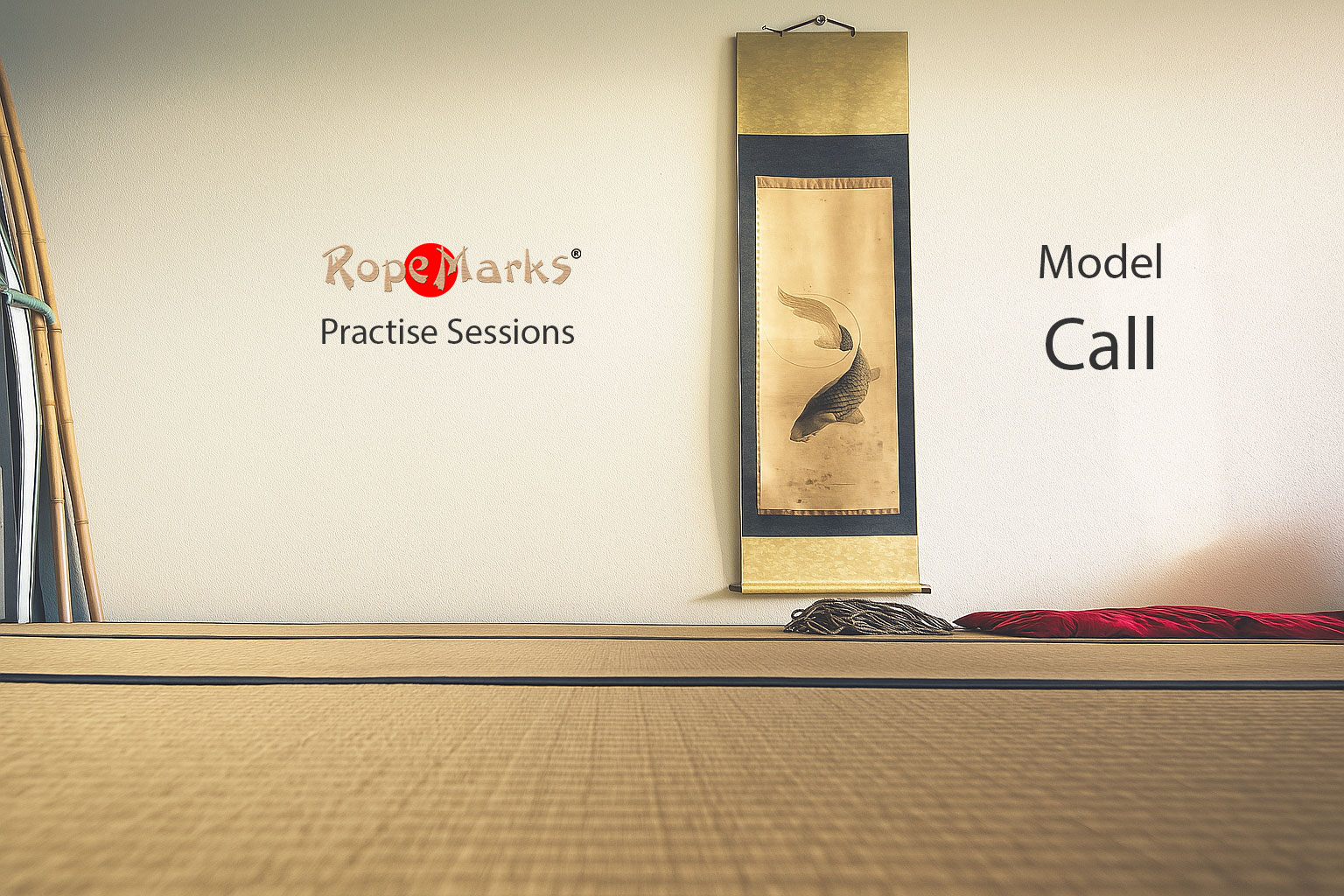
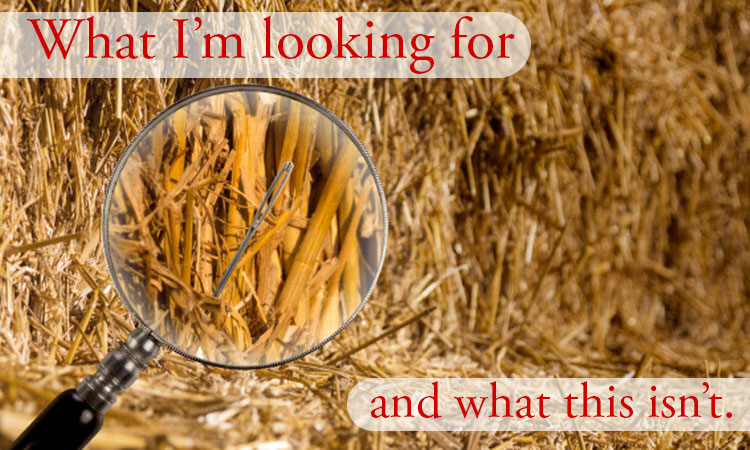
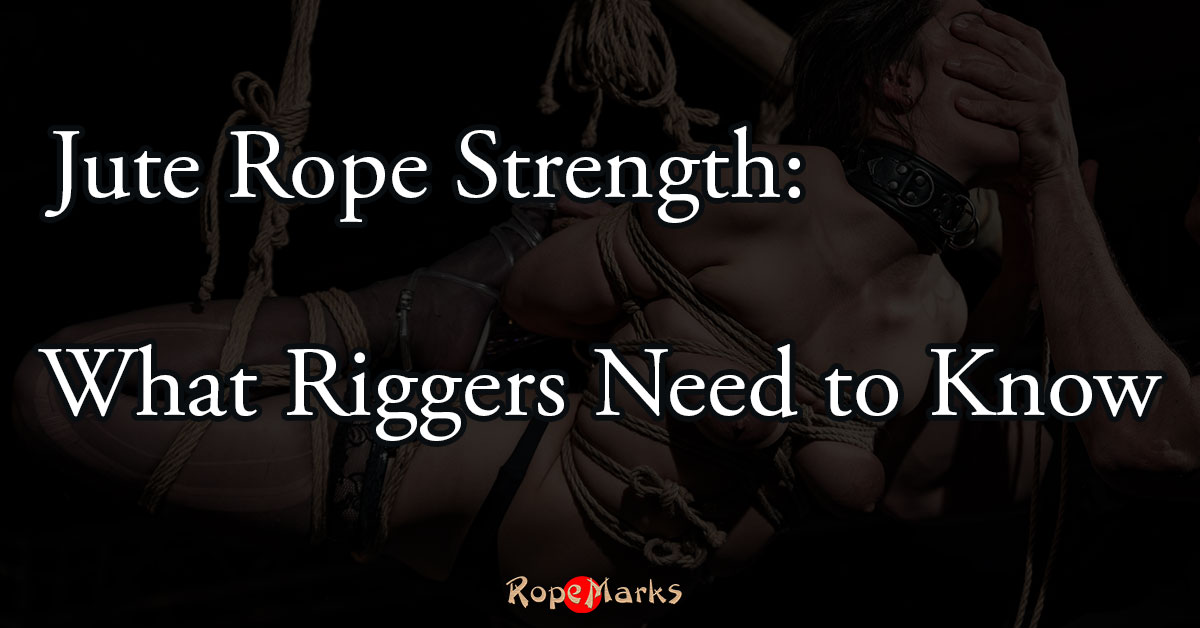
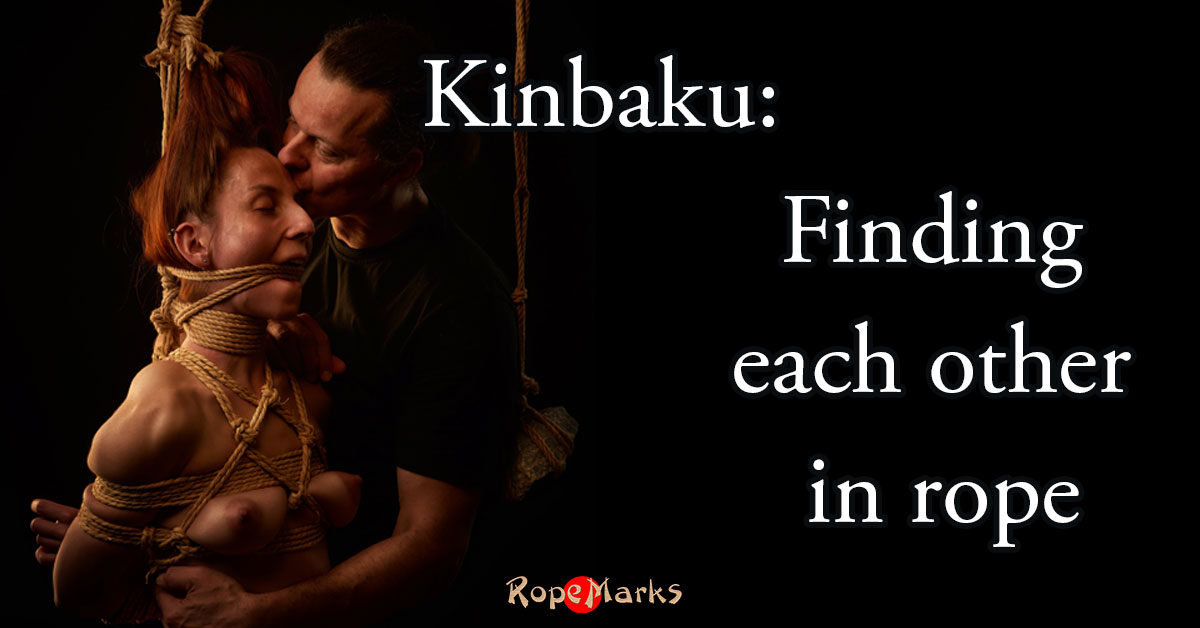






Leave A Comment